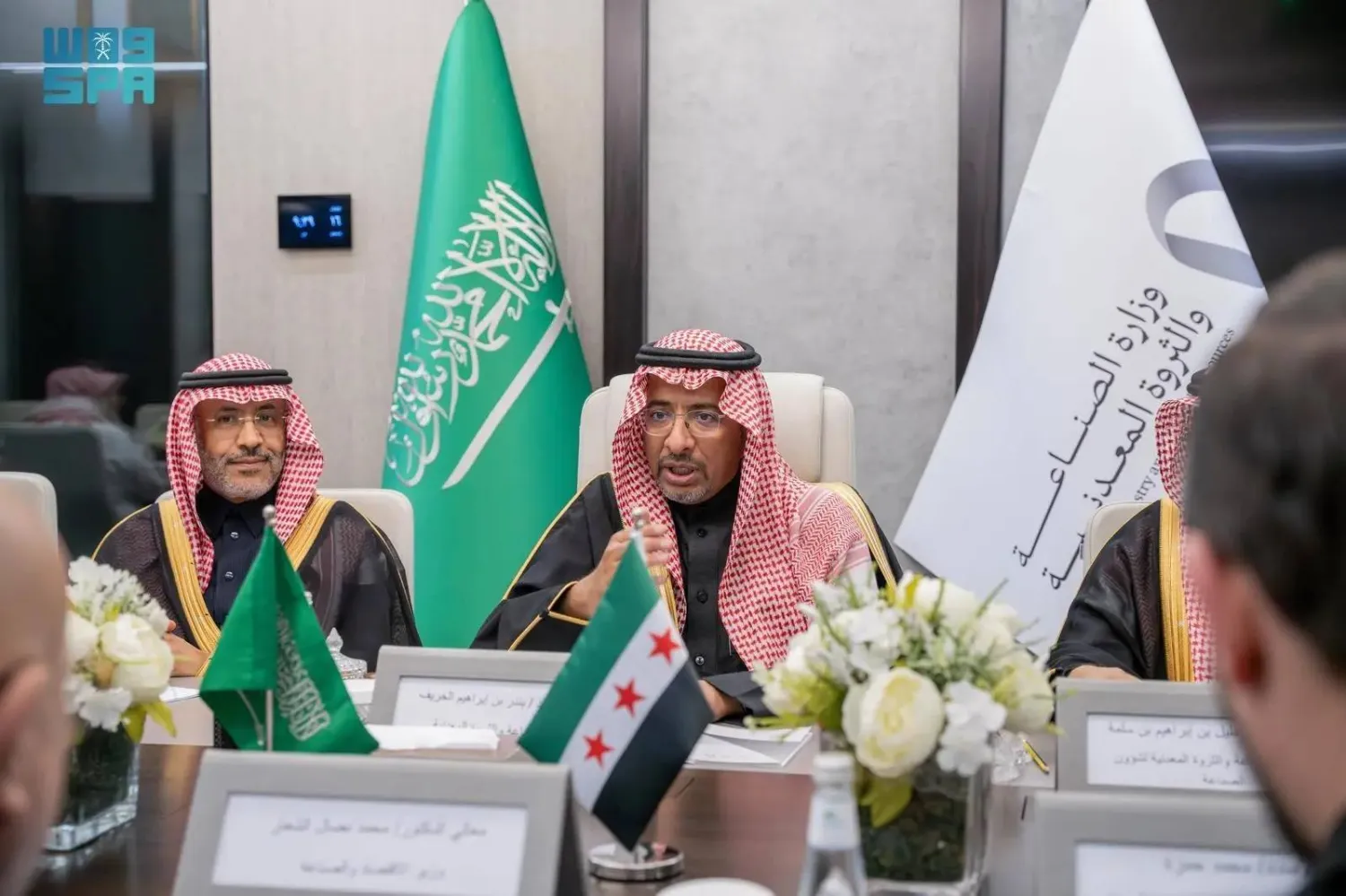The Moroccan government decided on Friday to start the gradual floating of its currency dirham on next Monday, after months of hesitation and urgent requests by the International Monetary Fund (IMF).
The government revealed in a statement that Morocco would adopt a flexible exchange rate regime, in which the dirham exchange rate would range between +2.5 percent and -2.5 percent.
IMF announced in the beginning of last year that conditions have become appropriate for reforming the exchange rate regime in Morocco, but the Central Bank of Morocco postponed the step six months due to forming a new government.
Morocco then revealed the intention to adopt a flexible exchange rate regime end of June, causing a turmoil in the exchange market and pushing the central bank to intervene to protect the currency. This affected the country’s foreign currency reserves negatively.
The Moroccan government said in Saturday’s statement that adopting a flexible exchange rate aims at cementing the national economy immunity towards foreign disruption and supporting the economy's competitiveness.
Currently, the dirham is fixed via a peg that is 60 percent weighted to the euro and 40 percent to the US dollar.
Moroccan Economy and Finance Ministry stressed that the new exchange regime is not an adventure and the step was studied for years.
Unlike Egypt, which floated its pound in 2016, Morocco isn’t facing a currency crisis and wasn’t under pressure to take immediate action. It has an investment-grade credit rating and an expanding private sector, according to Bloomberg.
The country's economy grew by 4.1 percent in 2017, compared with 1.2 percent a year earlier. Inflation rate remained around 0.7 percent in 2017, lower from 1.6 percent in 2016, while the budget deficit rate dipped to 3.5 percent in 2017 from 4.1 percent in 2016.









